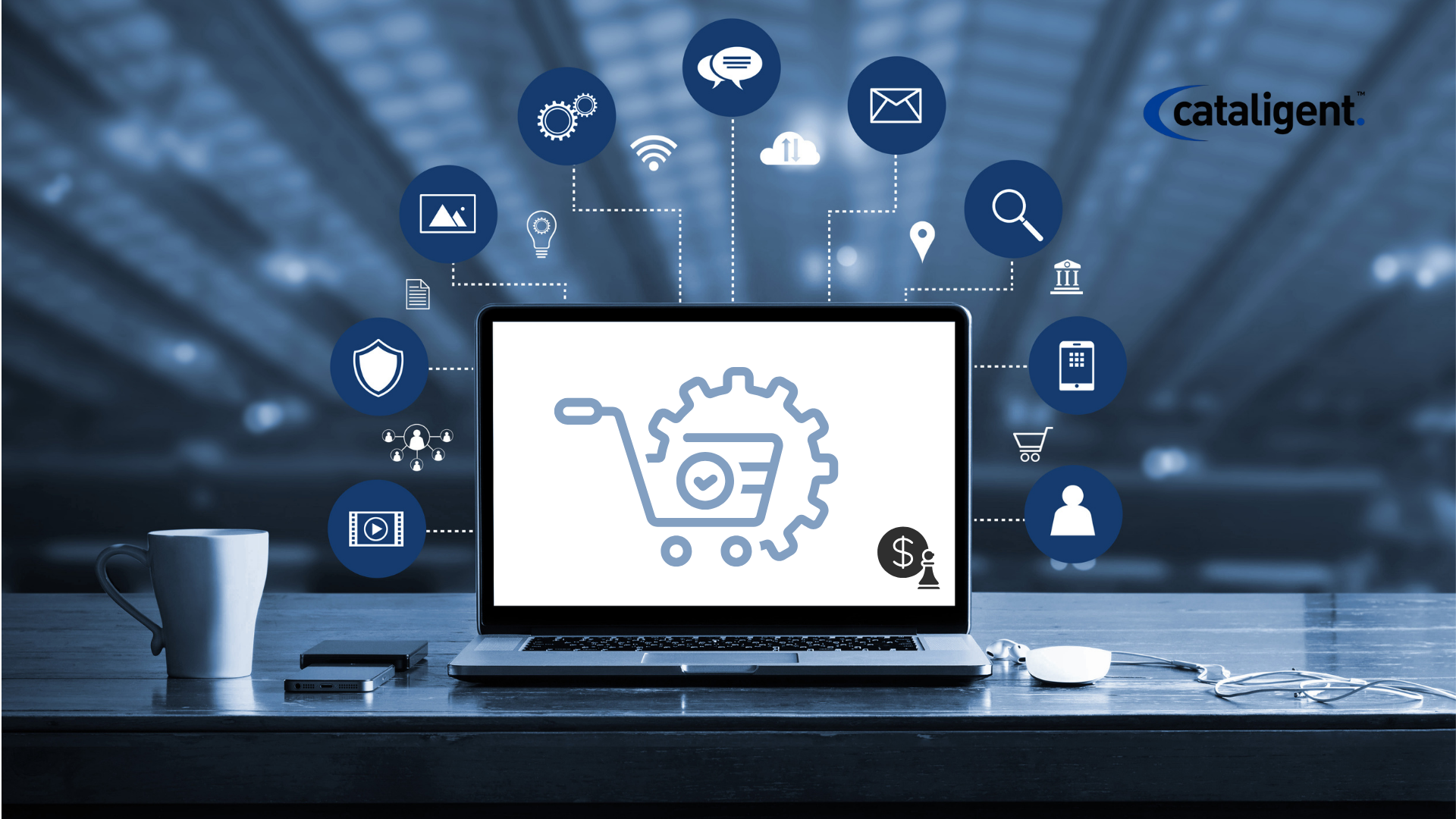What It Is
Digital procurement transformation is the strategic adoption of advanced technology, automation, and analytics to modernize every aspect of sourcing, purchasing, and supplier management. It replaces outdated, manual procurement processes with integrated digital platforms, AI-driven insights, and automated workflows, enabling businesses to operate with efficiency, transparency, and strategic control.
In practice, all procurement activities—such as purchase order generation, approvals, vendor communications, spend tracking, and compliance checks—are centralized and automated. AI and predictive analytics provide actionable insights, allowing companies to forecast demand, anticipate market fluctuations, negotiate better contracts, and prevent cost leakage. This transformation ensures that procurement is data-driven, strategic, and aligned with overall business objectives, minimizing inefficiencies and unlocking savings across the organization.
Why It Matters
Traditional procurement methods often lead to hidden costs and operational bottlenecks. Common challenges include:
- Manual Processes and Delays – Paper-based approvals, email communications, and fragmented workflows slow procurement cycles and inflate labor costs.
- Lack of Spend Visibility – Without real-time tracking, companies risk overspending, redundant purchases, and missed savings opportunities.
- Supplier Inefficiencies – Poor performance tracking, unclear expectations, and inconsistent communication reduce reliability and increase costs.
- Compliance Risks – Manual record-keeping increases the likelihood of errors, audit failures, and regulatory penalties.
Digital procurement addresses these challenges by:
- Reducing costs through automation, process standardization, and strategic sourcing.
- Enhancing visibility into spending patterns and supplier performance.
- Improving collaboration and accountability with suppliers.
- Strengthening compliance, reducing errors, and minimizing risk.
How to Implement
A structured approach ensures successful digital procurement transformation:
- Centralize Procurement Data – Consolidate vendor information, purchase orders, contracts, and spend history into a single digital platform. Centralization improves visibility, reduces redundancy, and facilitates informed decision-making.
- Implement Automation – Automate repetitive tasks such as approvals, purchase order processing, invoice matching, and vendor communications. Automation accelerates workflows, reduces errors, and frees staff to focus on strategic initiatives.
- Leverage AI and Predictive Analytics – Use data analytics to forecast demand, identify cost-saving opportunities, evaluate supplier performance, and optimize sourcing strategies. Predictive insights help organizations anticipate market trends and adjust procurement decisions proactively.
- Redesign Procurement Workflows – Streamline processes by eliminating redundant steps, standardizing approvals, and enforcing policy compliance. Efficient workflows improve cycle times, reduce bottlenecks, and enhance operational consistency.
- Enhance Supplier Collaboration – Utilize digital tools to maintain real-time communication, performance tracking, and contract management. Strong supplier relationships ensure timely deliveries, higher quality, and mutually beneficial terms.
- Continuous Monitoring and Optimization – Regularly track key performance indicators (KPIs) such as cost savings, cycle times, supplier performance, and compliance rates. Continuous evaluation enables iterative improvements and ensures long-term sustainability of cost benefits.
Benefits
Digital procurement transformation delivers comprehensive advantages:
- Significant Cost Reduction – Automation, centralized data, and AI insights lower procurement expenses, prevent overspending, and uncover hidden savings opportunities.
- Operational Efficiency – Streamlined workflows reduce delays, minimize manual errors, and accelerate procurement cycles.
- Enhanced Supplier Performance – Real-time monitoring and proactive engagement improve delivery reliability, quality, and contract adherence.
- Data-Driven Decisions – Analytics empower smarter sourcing, budgeting, and risk management.
- Agility and Flexibility – Digital systems allow organizations to respond quickly to demand fluctuations, market changes, and supply chain disruptions.
- Compliance and Risk Mitigation – Automated tracking and consistent record-keeping reduce the likelihood of audit issues, regulatory non-compliance, and penalties.
Real-World Scenarios
- Scenario 1: Manufacturing Company – Centralized digital procurement and AI-based spend analysis allowed the company to consolidate vendors, optimize contracts, and reduce procurement costs by 20%, while ensuring compliance.
- Scenario 2: Retail Chain – Predictive analytics enabled smarter inventory purchasing, reduced overstock, improved supplier performance, and minimized waste, resulting in both cost savings and enhanced customer satisfaction.
- Scenario 3: IT Services Firm – Automated approval workflows and vendor management shortened procurement cycles by 35%, accelerated project delivery, and reduced administrative overhead.
How Cataligent Can Help
Cataligent’s digital procurement transformation solutions assist organizations in maximizing efficiency and reducing costs by:
- Implementing centralized digital procurement platforms for full visibility and streamlined operations.
- Deploying automation for approvals, purchase processing, and vendor communications.
- Leveraging AI and predictive analytics to optimize sourcing, forecast demand, and identify cost-saving opportunities.
- Strengthening supplier management through performance tracking, real-time collaboration, and strategic engagement.
With Cataligent, procurement becomes strategic, efficient, and cost-effective, delivering sustainable savings, improved supplier performance, and operational excellence across the organization.

